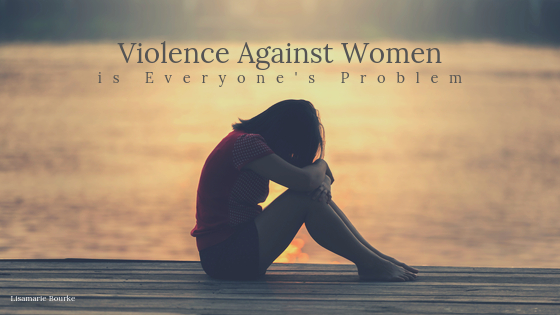Statistically speaking, one in three women will be exposed to gender-based violence in her lifetime. It is a widespread issue, reaching women in nearly every country, culture, and socio-economic stature. Violence increases the risk of women developing mental or physical health problems and has the potential to trap her in poverty. Violence against women has a powerful ripple effect, as it impacts her, her family, and her community. Violence against women isn’t just a women’s problem– it’s everyone’s problem, and it requires everyone working together in order to fix it.
What is Violence Against Women?
The United Nations defines violence against women as:
“Any act of gender-based violence that results in, or is likely to result in, physical, sexual or psychological harm or suffering to women, including threats of such acts, coercion or arbitrary deprivation of liberty, whether occurring in public or in private life.”
There are many types of violence against women, including domestic abuse, sexual violence, and harassment. Other areas include female genital mutilation, forced prostitution, and forced marriages.
These actions strip women of their human rights. Violence isn’t just degrading, it’s dangerous. This human rights problem is simultaneously a cause and consequence of inequality.
Domestic Abuse
Gender is the most significant factor for being a victim of domestic violence, which affects women the most. 35% of women worldwide have experienced violence, including physical or sexual violence from someone they know or from a stranger. The statistics become even more appalling. Almost a third of women who have been in a relationship have experienced violence from their partner, and 38% of murders of women are committed by a partner.
Violence in the UK
Violence against women isn’t just a problem in developing countries or war-torn nations. Violence is a problem in the UK, too. Every week, two women are killed by their partner. Police in the UK are called every minute about domestic abuse, the vast majority of which are women experiencing violence at the hands of a man.
Another significant problem is that many women don’t report domestic violence. According to Women’s Aid, only about one in four cases of domestic violence are reported. Many women are too afraid to call the police. Their abuser may threaten their livelihood if they plan to file a report.
Violence against women is a problem everywhere, and it’s everyone’s problem. No woman deserves to be abused, and any violence has far-reaching implications that harm women, families, and communities across the globe.


